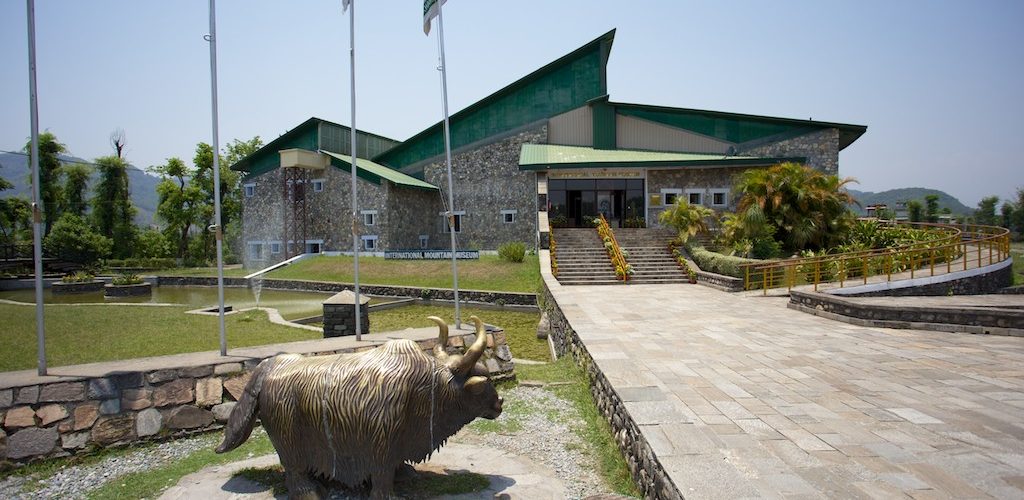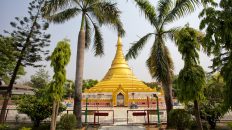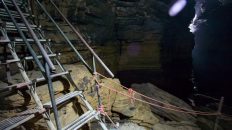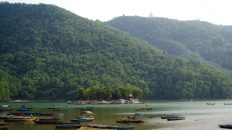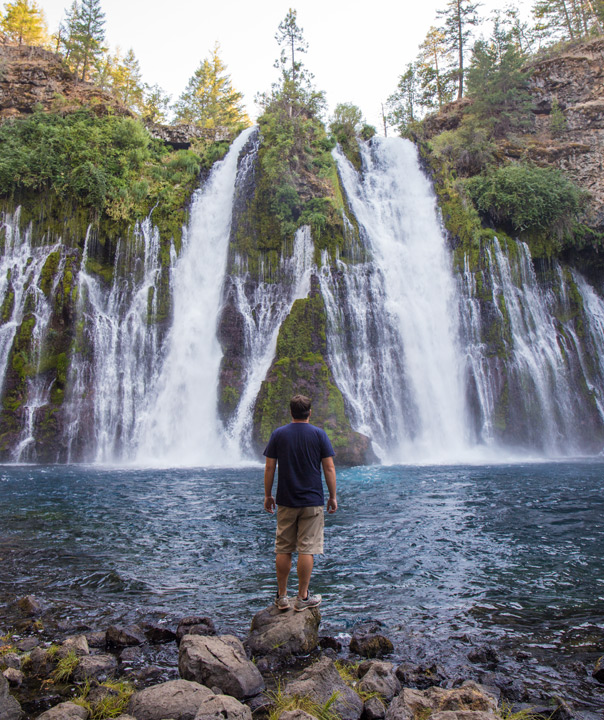I am a huge fan of hiking so I figured I needed to check out the International Mountain Museum when in Pokhara. I know this does not apply to a lot of people but for me it was well worth the stop and the 300 rupees to see the history and overload of information on the tallest peaks in the world.
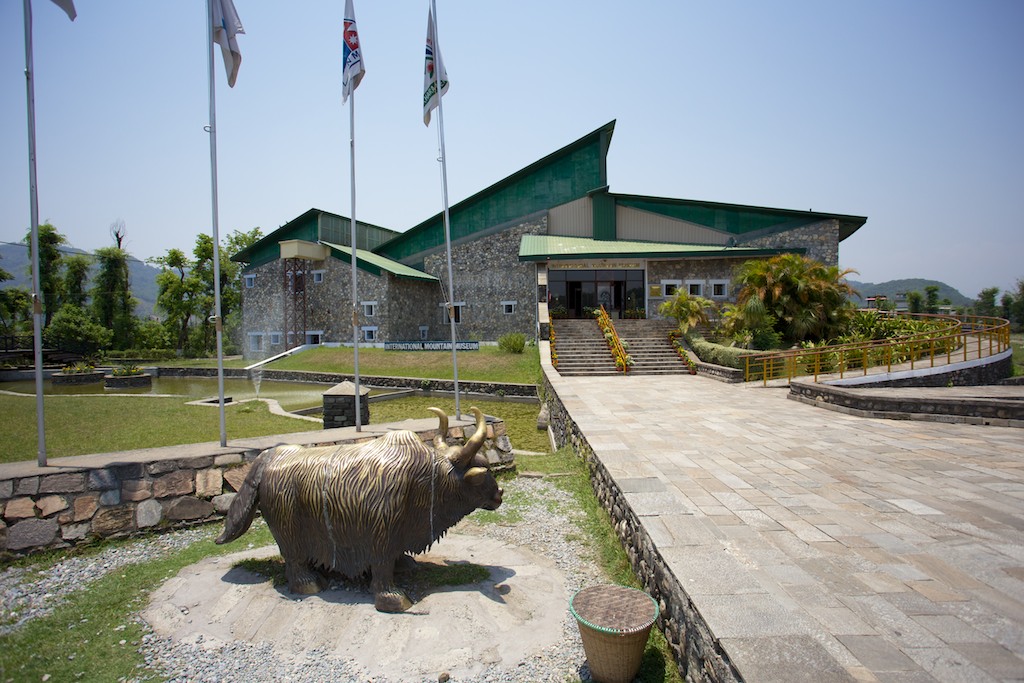
The Exterior
When you arrive you will see the massive training wall that is the welcome for the museum.
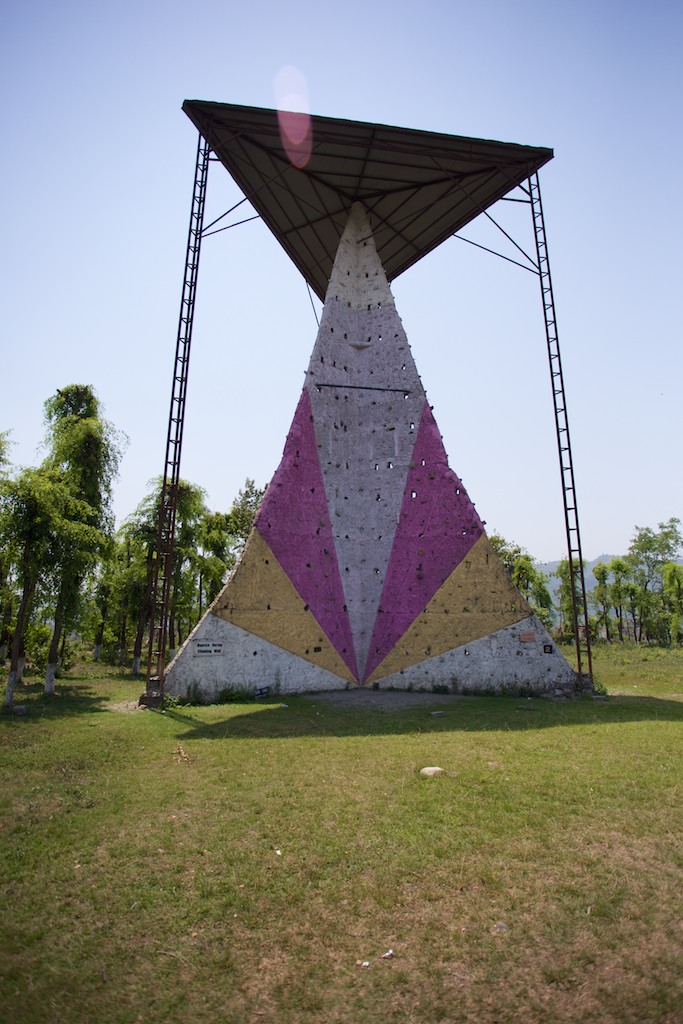
As you get closer you will see beautiful monument dedicated to those that have lost their lives on the mountains.
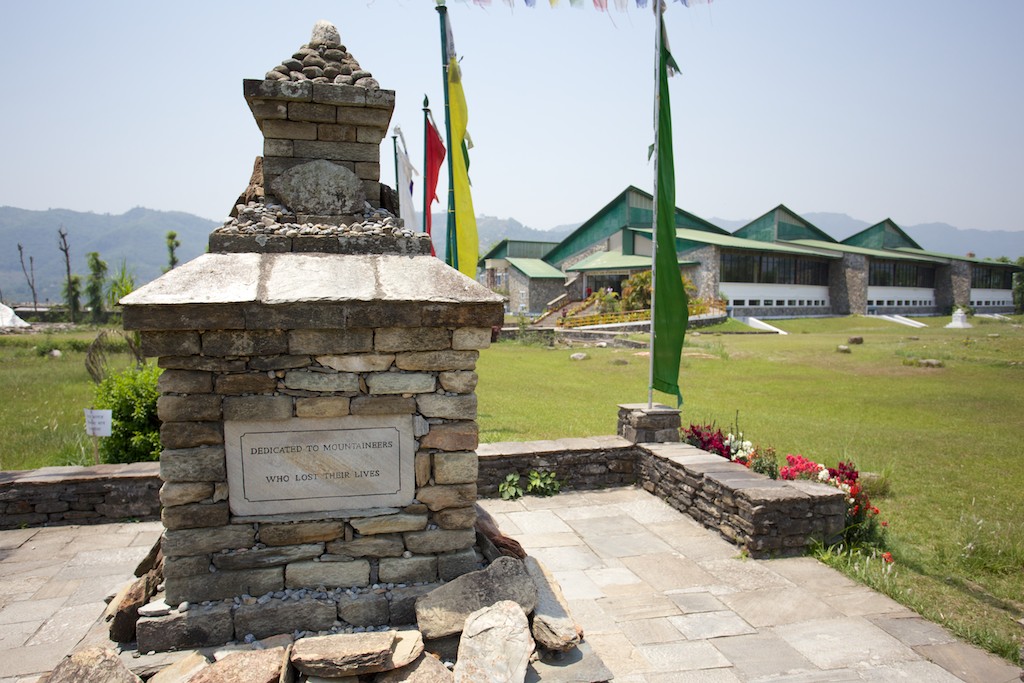
There is also a plaster representation of Mt Manaslu that kids can climb and a big Yak statue outside the museum.
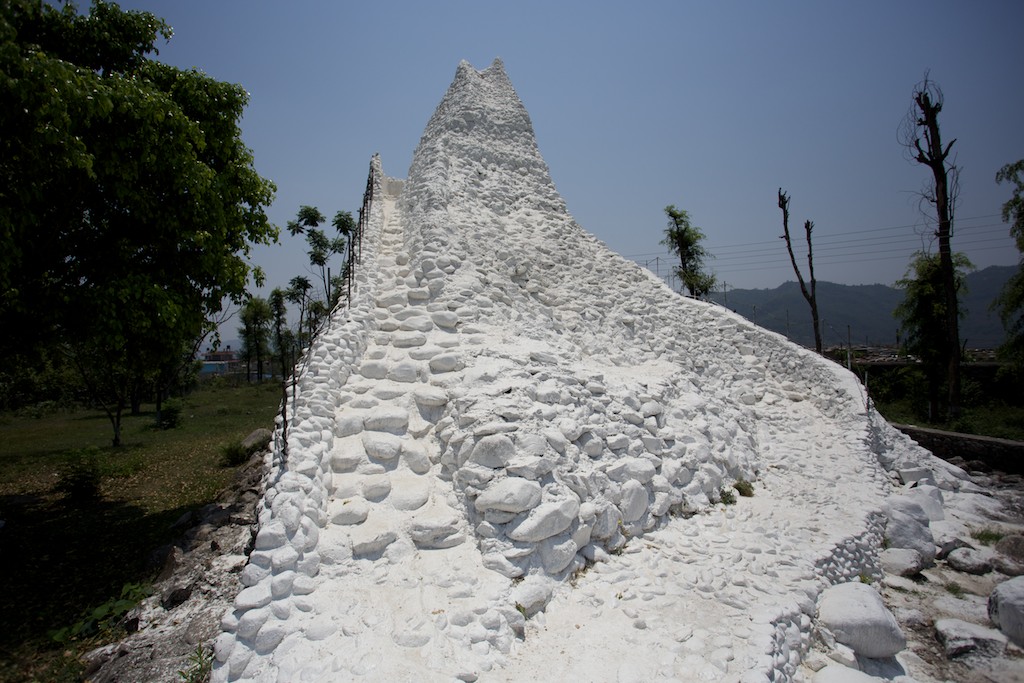
On a clear day you can see the Annapurna range from here, but this was not a clear day so I couldn’t see it.
The Interior
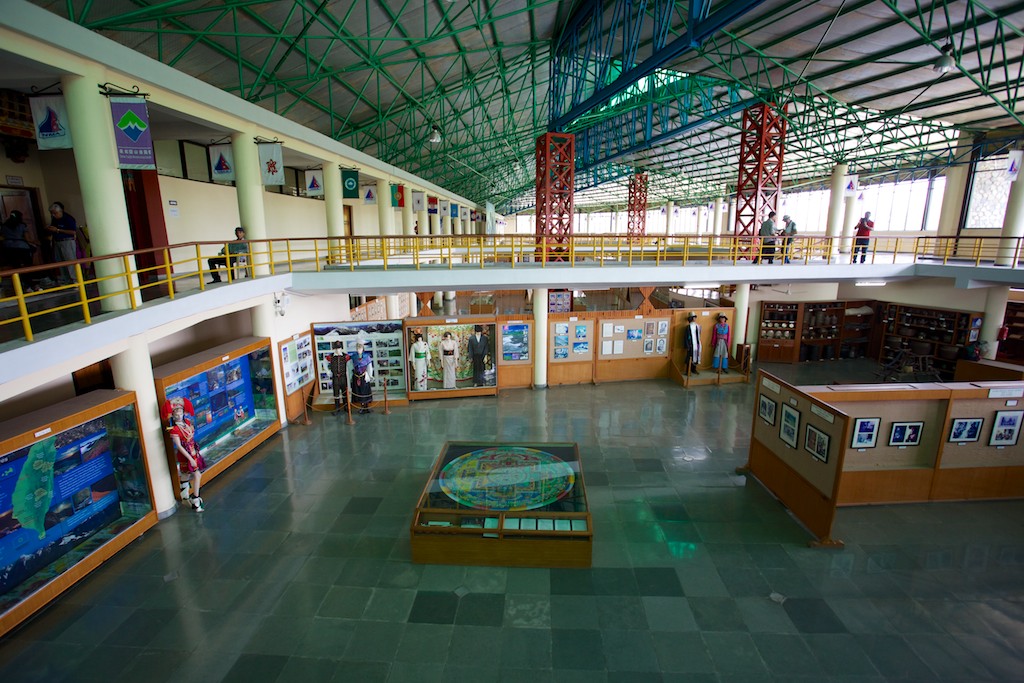
The museum is laid out in the following structure. Above is the temple and a section with questions about the area and their answers. Below is presentations dedicated to the gear used, the trash on the mountain, the yeti, the people and first ascents. I found the bottom floor to be the most informative myself, but the temple is well worth a look on the top floor as it is intricately crafted.
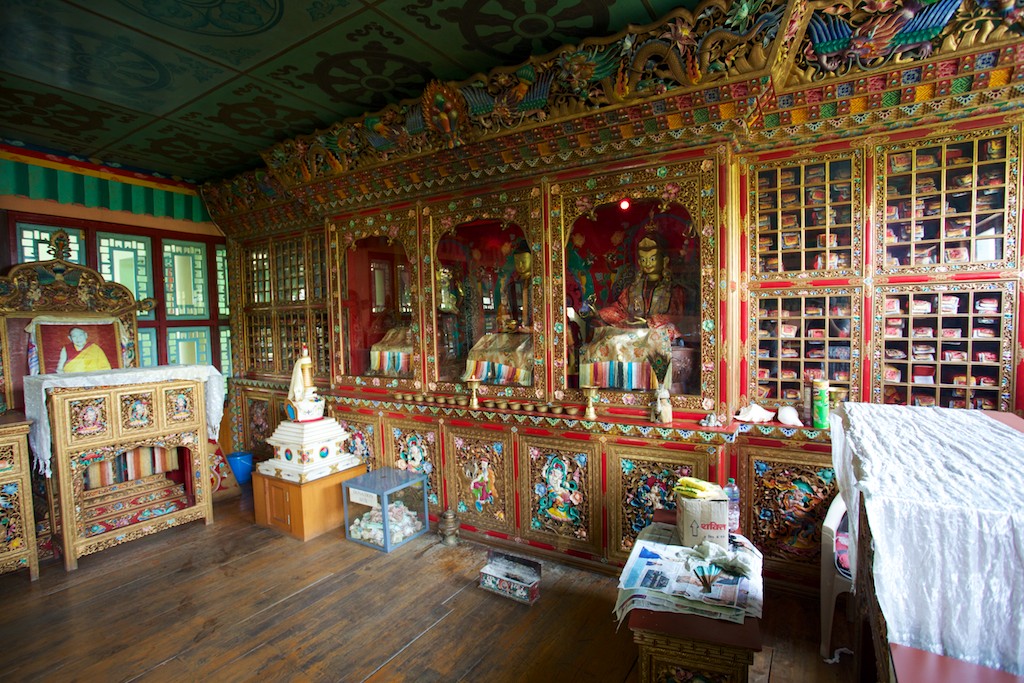
One of the best things about this museum is just the photography that are all along its walls. There is so much beautiful stuff to see here and I was in awe of the photos as I am a photographer myself.
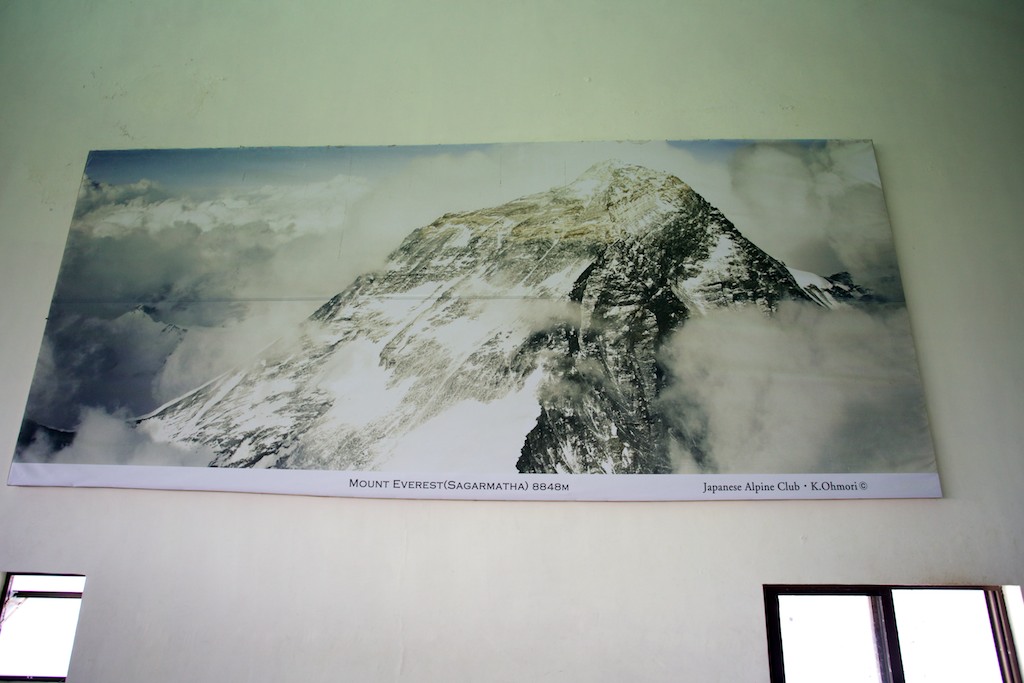
The gear section helped to remind me how good we have it now with its collection of much of the gear used in the many first ascents over the years. I can’t believe some of the stuff they used to get up the mountains such as old snowshoes and such.
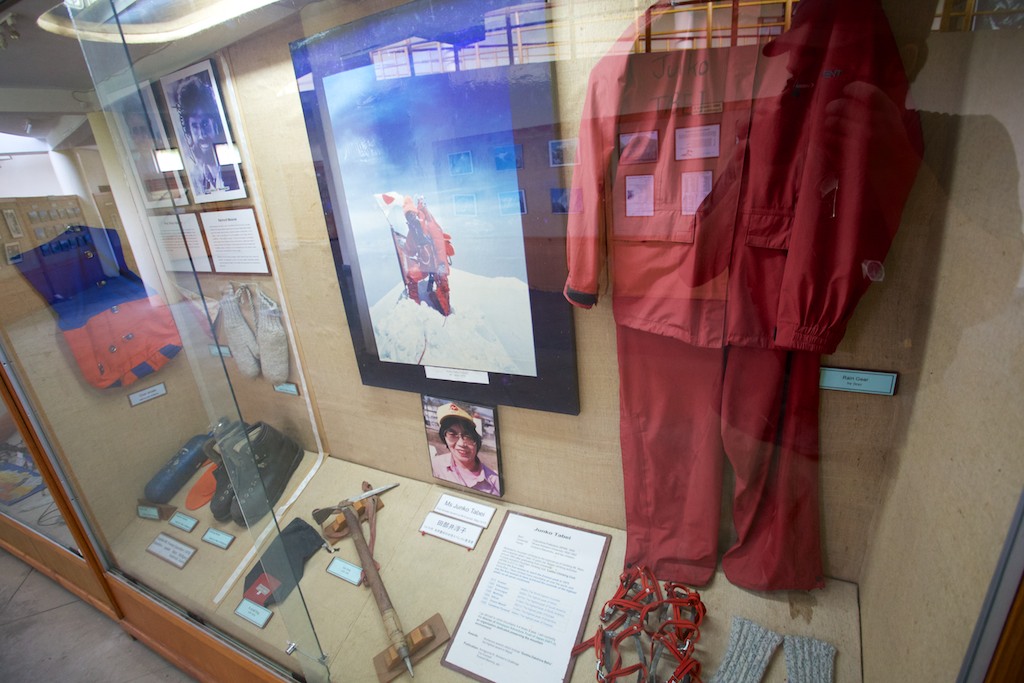
The yeti section was fun, as the mythical creature was believed to have existed for a while in Nepal.
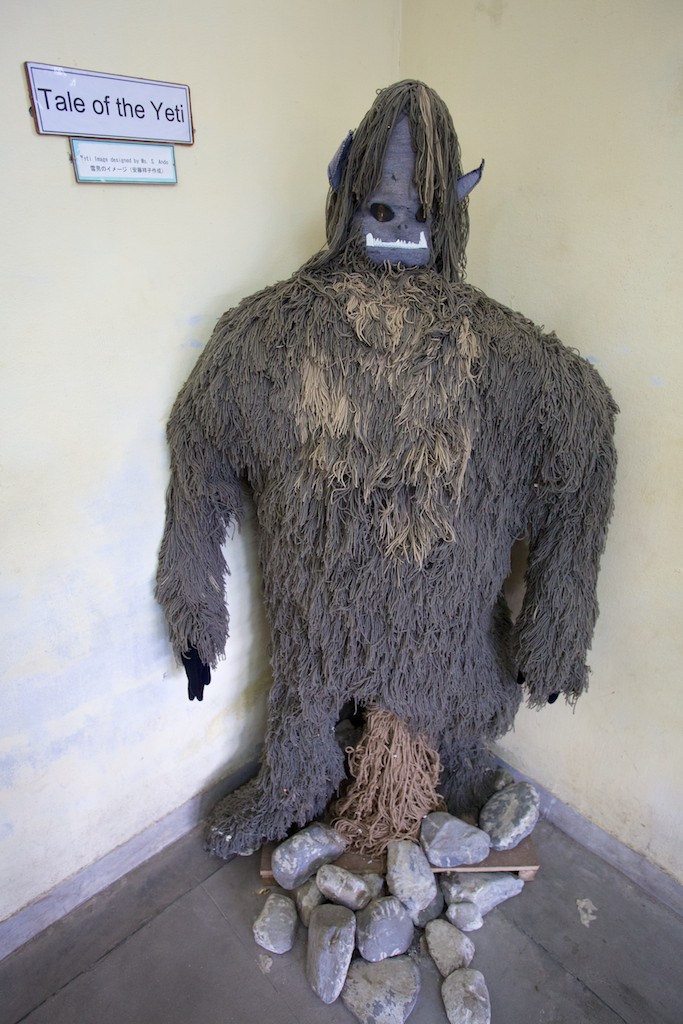
The plaque about the Yeti has tons of information about the history then at the end it just says “What people thought was a Yeti was probably just a Tibetan Brown Bear.” I thought this artist representation was especially realistic though (joking).
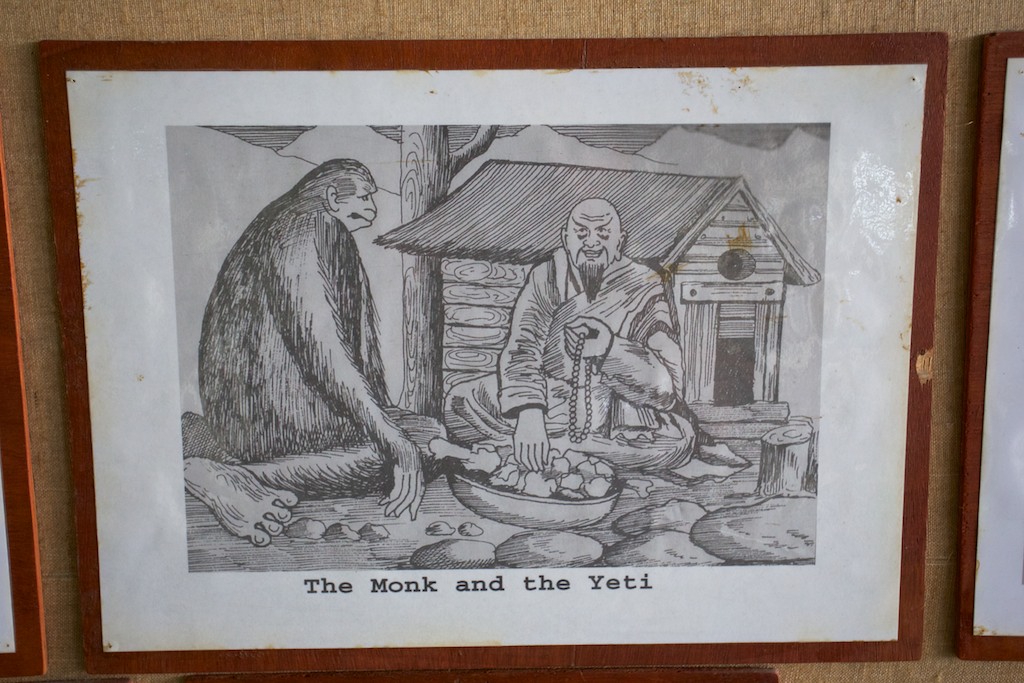
I spent the majority of my time in the first ascents section, as this was an awesome place to sit and read the stories / see the gear people used on many of the 8,000 meter peaks. I could have sat here for a while.
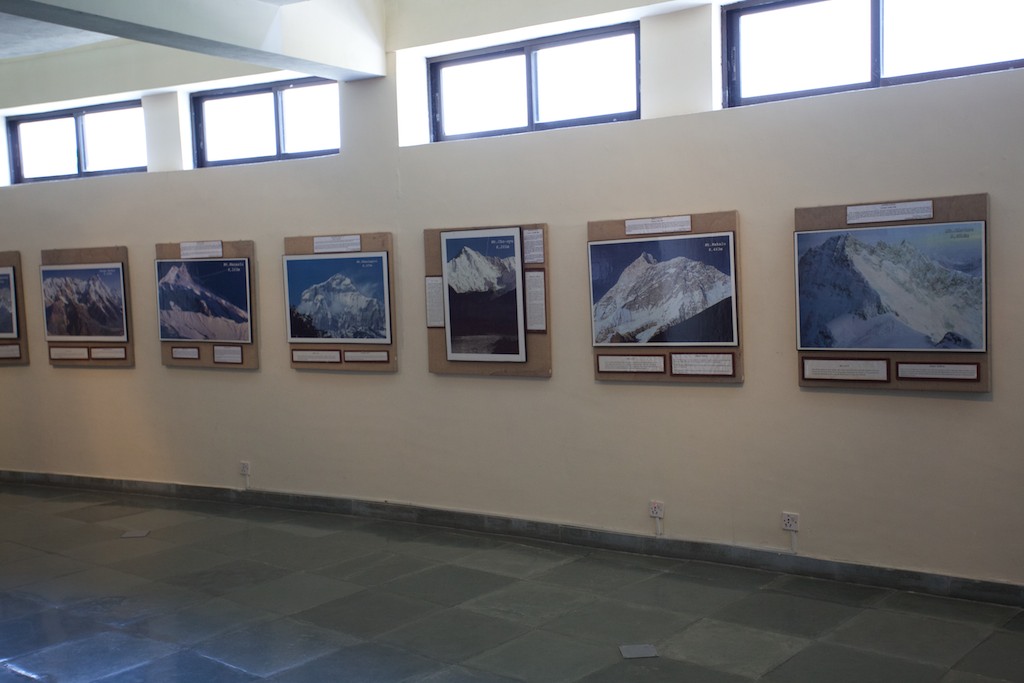
Lastly, the section about the trash was truly incomprehensible. I mean I know it is great to be able to climb a mountain like this, but it really makes me sad by how much it is being destroyed with all of the trash that is left there.
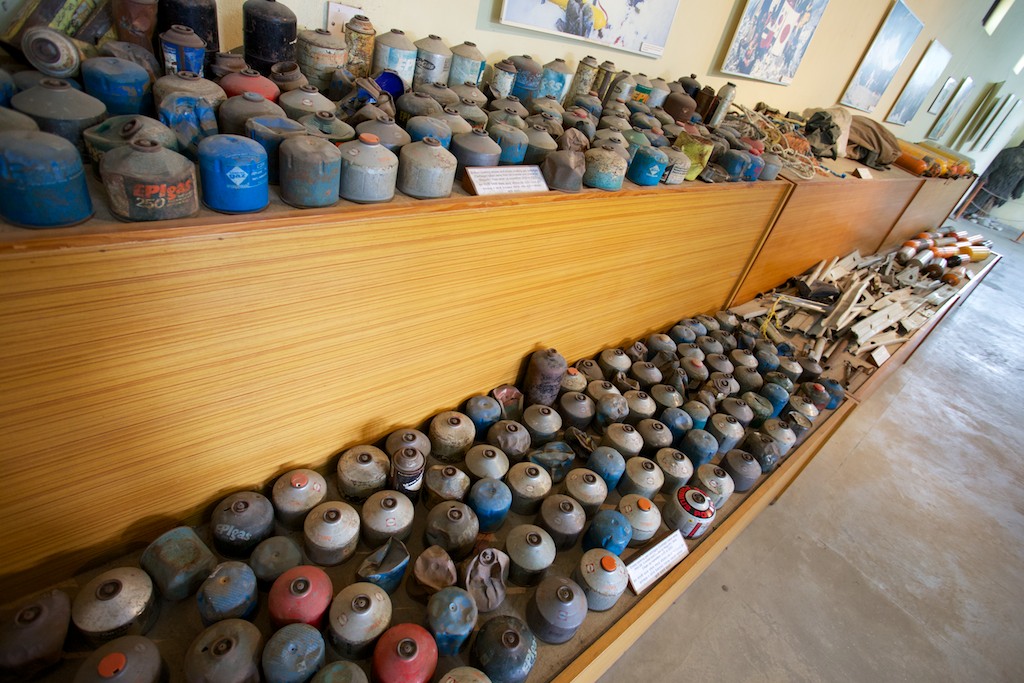
They had lots of photos to show the trash and some information about 1.5 tons being taken off the mountain in 2003. It was crazy.
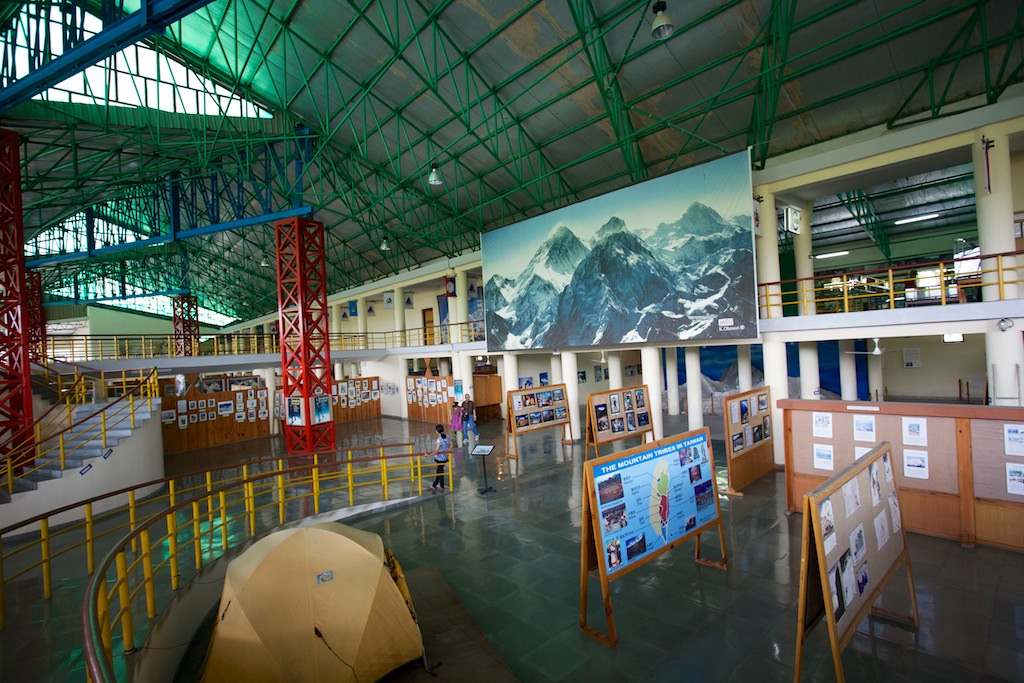
All in all this is a fun place to explore and I highly recommend it if you are into mountain history like me.

